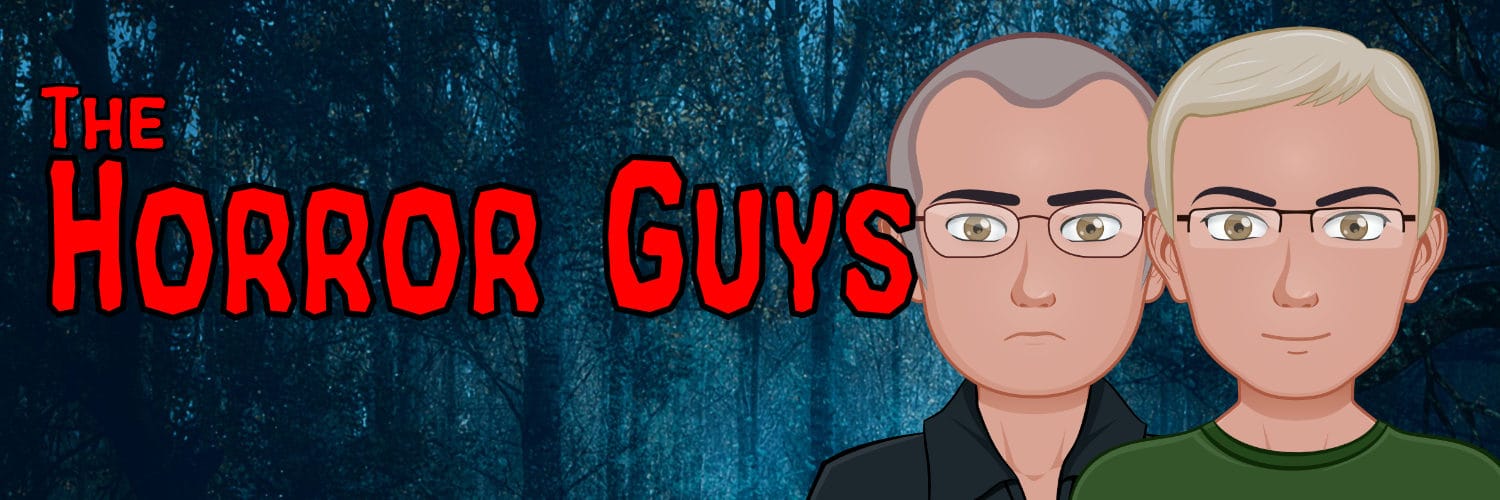Director: Freddie Francis
Writer: Jimmy Sangster
Stars: Robert Webber, Anthony Newlands, Jennifer Jayne
Run Time: 1 Hour, 25 Minutes
Amazon Link: https://amzn.to/2TfUFYf
Synopsis
Chris is an American telling his story to what appears to be a psychologist. He doesn’t remember anything before four months ago, when he found himself on the side of the road. He was injured in a car accident. Someone is anonymously mysteriously sending money every week for his treatment. Now, they’ve sent him a map and a key, and they want him to go there and stay. He has an unlabeled picture of a girl torn out of a magazine; his wife? Girlfriend? Random photo? He kisses the nurse goodbye, and she cries that he’s leaving the hospital.
First, he hires a private detective to find out who the woman is, who the benefactor is, and most importantly, who he is. He takes a taxi to the address on the card. It’s the penthouse suite in a large building that’s mostly still under construction or remodeling. It’s a very 1960s apartment, straight out of Mad Men, and we take a long and lingering walk through the place.
He hears a screaming fight in the next-door apartment, but the rooms are under construction, and no one lives there. He hears the elevator go down, so he chases it down the stairs, but he never finds anyone. He tracks down the girl in the photo, and it turns out she was murdered several months ago, stabbed repeatedly, in the very penthouse where Chris is staying. He then sees the same girl on the walk home, alive and well. No else sees her or her car.
The detective comes by and says that he is quitting the case. He has talked to the psychiatrist, who told him that Chris is unreliable and may be seeing hallucinations. That night, he hears the argument again, and goes next door to investigate. He finds no one there, but the shower is turned on and there’s a bloody knife on the floor.
Then the woman, who introduces herself as Denise, comes into his room. Her husband was the driver of the other car, and the photograph must have belonged to the husband. She also says that she’s only been in town for an hour, so he couldn’t have seen her before. She admits that she’s been paying for his treatment, and she owns the whole building. She’s gotten his apartment ready as soon as she heard he was getting out of the hospital.
He tells her about the voices and about her being supposedly dead, and she doesn’t know anything about any of that. He shows her the place next door, but there’s no knife, and the shower is dry. They go out to dinner, and we see that the detective is now following them.
He takes his pills and flashes back to him in France, sleeping with a hooker, who robs him, and then her husband comes in. He jumps out the window, into a stranger’s sports car, and races away. There’s a travel montage, and he and the girl end up in England. He dumps the girl and hitches a ride with a strange man. There’s an accident, and we see Chris thrown from the vehicle. He remembers it all, but he’s still not sure why he was doing all that.
At one point, he starts hearing the shouting voices, but the words are coming out of his own mouth. And then he watches himself stab Denise. He wakes up and finds her body, just as the detective said she died months ago.
Could things get any more twisted? Yes, yes, they can.
Commentary
What scared people the most in the 1960s? Apparently, it was psychologists. Even during the credits, I got the impression they were trying to “do Hitchcock” on a Hammer budget. It’s got murder, amnesia, strange women, international travel, and lots of intrigue.
Chris hears that the girl was murdered right there in town a few months ago, that seems like it would be awfully easy to verify and track down the girl’s name, but he doesn’t do that.
It’s not really a whodunit or a proper mystery, as you would have no way of guessing what was going on until it’s explained at the end. It’s certainly only remotely horror, it’s definitely much more of a mystery or psychological drama than anything else. This was probably really popular in the 1960s, but it’s very dated and formulaic today.

